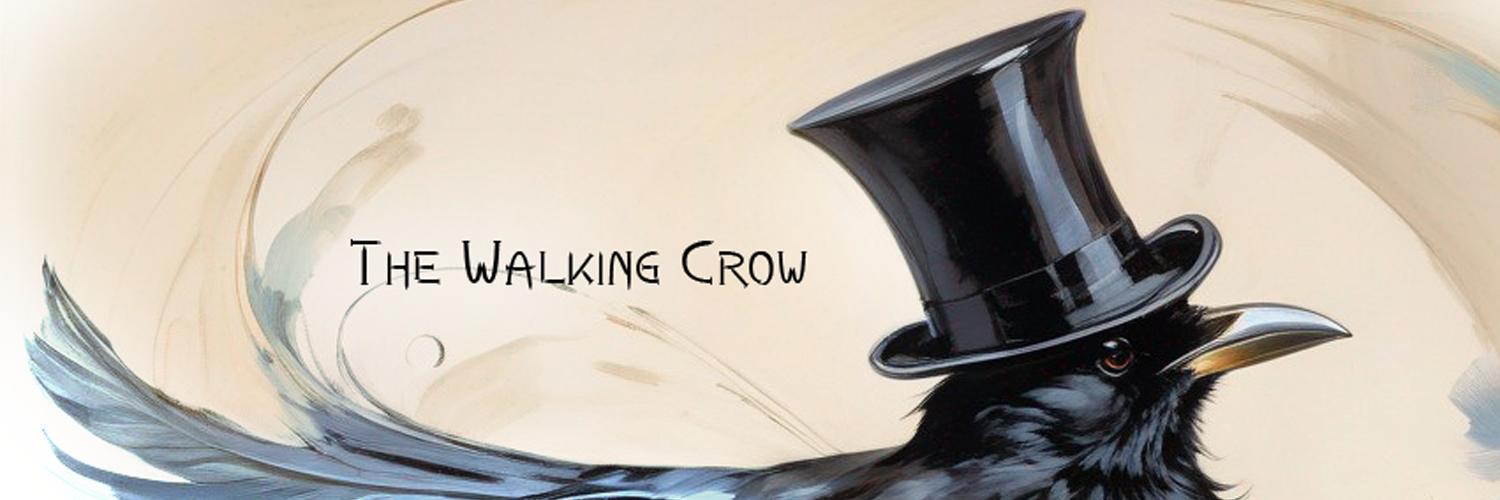This website uses affiliate links, which means we may earn a commission if you click on a link and make a purchase. This does not affect the price you pay.
The Walking Crow's Guide to Plants and Gardening
Braunsia is a genus of small succulent plants belonging to the Aizoaceae family, also known as the “ice plant” or “vygie” family. These plants are native to the Western Cape province in South Africa, known for their unique leaf formations and vibrant flowers. They are a popular choice for rock gardens, succulent arrangements, and containers due to their compact size and relatively easy care.
- Genus: Braunsia
- Species: Several species exist within the genus, including Braunsia apiculata, Braunsia maximiliani, and Braunsia geminata.
- Growing Zone: Ideally suited for USDA Hardiness Zones 9-11. In colder regions, they can be grown as houseplants or in greenhouses.
- Origin: Endemic to the Western Cape province in South Africa.
- Toxicity: Braunsia are generally non-toxic to humans and pets. However, as a precaution, it’s recommended to keep them out of reach of children and animals who might be tempted to ingest them.
- Health Benefits: While Braunsia doesn’t have specific health benefits attributed to them, like many succulents, they contribute to a healthier indoor environment by absorbing carbon dioxide during photosynthesis.
- Soil: Thrives in well-draining soil, such as a cactus or succulent mix. Ensure proper drainage to prevent root rot.
- Sunlight: Requires ample sunlight. Aim for at least 6 hours of direct sunlight per day. Insufficient light can lead to etiolation (stretching and weakening).
- Water: Drought-tolerant and prefers infrequent watering. Allow soil to dry out completely between waterings. Overwatering is a common cause of death for these succulents.
- Temperature: Tolerates a range of temperatures but prefers warm conditions. Protect from frost.
- Fertilizer: Light feeders. Fertilize once or twice during the growing season (spring and summer) with a diluted, balanced liquid fertilizer or a specialized succulent fertilizer.
- Pruning: Minimal pruning needed. Remove any dead or damaged leaves.
- Propagation: Can be propagated from cuttings or seeds.
- Braunsia plants are relatively slow-growing and compact, making them perfect for small spaces or containers.
- They showcase a variety of unique leaf shapes and textures, often with serrated edges and interesting colors.
- Their flowers, usually blooming in spring or winter, come in various shades of pink, purple, white, and sometimes yellow.
- Braunsia are susceptible to mealybugs and scale insects. Monitor for pests and treat promptly if necessary.
In Columbus, Georgia: Braunsia can be grown outdoors year-round, taking advantage of the abundant sunlight. During winter, ensure protection from frost or consider moving them indoors.
********
Search terms: Braunsia, Aizoaceae, Braunsia apiculata, Braunsia maximiliani, Braunsia geminata, ice plant, vygie plants, hobbyist, collectible, tropical plant, cactus, succulent, genus, species, plant, potted plant, indoor plant, indoor garden, plant bomb, seed bomb, the walking crow, nursery, greenhouse, fertilizer, soil, plant care, plant health, home garden, toxicity, gardening, blooming, leaf, leaves, flower, flowering, water, growing zone, perennial, annual, planting, thewalkingcrow, Rotanist Botanist, sunlight

Thank you.
Latest Blog Posts
This website uses affiliate links,
which means we may earn a commission if you click on a link and make a purchase.
This does not affect the price you pay.











